The Royal Navy and U.S. Navy participated in a mine countermeasures interoperability exercise in the Persian Gulf earlier this month.
According to a U.S. Navy news release, U.S. Navy mine countermeasures ships operated alongside mine countermeasures vessels from the Royal Navy in order to enhance interoperability, information sharing and shared tactics and procedures between the two navies.
“Participating U.S. ships included the mine countermeasures ships USS Dextrous (MCM 13) and USS Sentry (MCM 3). In addition, explosive ordinance disposal technicians, MK VI patrol boats and MH-53E Sea Dragon helicopters assigned to Commander, Task Force (CTF) 52, CTF 53 and CTF 56 participated. Royal Navy participating ships included mine countermeasures vessels HMS Chiddingfold (M37), HMS Penzance (M106) and landing dock ship RFA Cardigan Bay (L3009).”
The exercise consisted of realistic mine hunting simulations where participating units practiced detecting and classifying training aids shaped like mines while following standardised mine hunting procedures.
In addition to simulating the hunting and detection of different types of mines, the combined force practiced defending itself from the threat of small boat attacks.
While both U.S. and Royal Navy forces integrate regularly, including Royal Navy officers filling important positions in the CTF 52 staff, this exercise reportedly demonstrated their ability to improve upon existing tactical proficiencies.
“The permanent UK and U.S. counter mine capability in these vital strategic chokepoints represents our joint commitment to maintaining maritime security in the region,” said Commodore Dean Bassett, UK Maritime Component Commander (UKMCC).
“The ability for the Royal Navy and U.S. Navy to conduct interoperability exercises together is essential to ensure that freedom of navigation is maintained.”



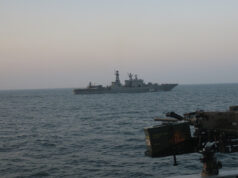
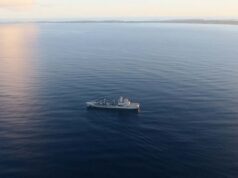
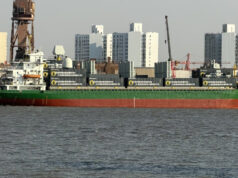
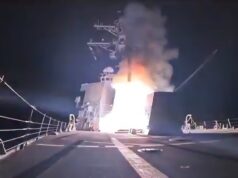
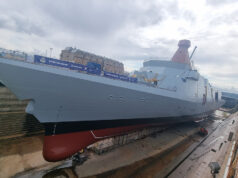


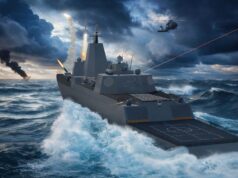
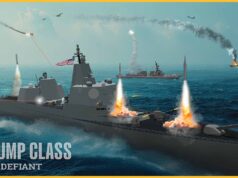
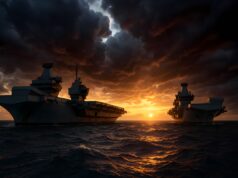

I suspect quite strongly that this a prime area spoken of by Ben Wallace when he said we need to have autonomous capability replacing legacy platforms. I can see the MCM fleet reduced, over a slick timescale, to 6 platforms, probably of a single type (Sandown because younger?) which uses both traditional and autonomous methods until autonomous takes over completely. Such that a flotilla of 4 becomes a flotilla of 2 with autonomous boats networked.
Depends on what you want to do with the units you have left. Hunts = Non- magnetic optimised for shallow water. Sandowns = Low magnetic optimised for deep water.
Chances are it will be the Hunts that go however age has little to do with it as the hulls will last for decades yet, its more to do with the equipment obsolescence issues.
Thanks Gunbuster. Equipment obsolescence makes more sense. I was reaching for the political argument to reduce to a single class of vessel. I am not saying it’s a terrible idea (moving to autonomous kit with a Mothership is probably the future) but I hope the timescale for the ship decommissioning is based on capability of the new kit, not just quickly reducing cost. I fear it will be but the RN, as with all our brilliant people in the forces, will ‘make do and mend’ – as per.
Sandown have already been slicked down to 6. With Ramsey now sat over in Rosyth.
I have to say that readiness and availability must be very good if we are able to conduct so many exercises and missions simultaneously around the globe.
We may not have many of them, but we sure do make great use of our ships.